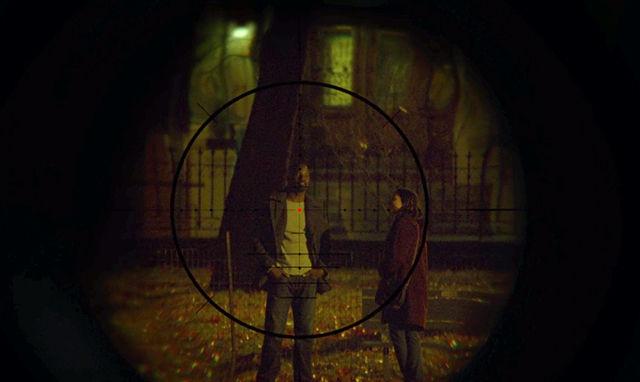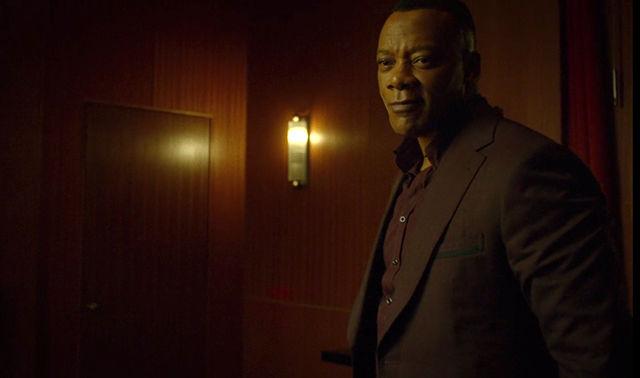“Luke Cage” is an entertaining, welcomed addition to Netflix’s catalog, but it is not as tight as its predecessors, especially in its second half. The show’s lack of a direction and stretched plotline gets in the way of its otherwise interesting and unique style. Good directing cannot hide or excuse a muddled plot.
In 2015, “Daredevil” season one was released, marking Marvel’s first venture into Netflix exclusive programing. It was dark, tense and, most importantly, focused on the story of one hero taking down one villain, with side villains not taking too much time away from the central conflict. While not required for a good superhero story, placing a large amount of the spotlight on one enemy, Wilson Fisk (Vincent D’Onofrio), made “Daredevil” more memorable and the conflict more engaging.
“Luke Cage” does not have one main villain for its hero to fight. Cage takes on several different enemies who are all somewhat incompetent. Cottonmouth fails to intimidate Cage or the audience. His cousin Mariah constantly flip-flops between a confident corrupt politician and a delusional trainwreck depending on what the plot demands. Shades, the show’s smartest and most capable villain, is stuck on the sidelines for most of the series. Instead, the viewers get Willis “Diamondback” Stryker.
Stryker is not a good villain. He is introduced over half way into the series and his motivations are introduced even later. This is a serious problem considering a large portion of the plot and conflict revolves around an underdeveloped and generic bad guy who is up against a literally invincible protagonist.
Cage’s character is, for the most part, impossible to kill. This doesn’t keep characters from constantly shooting him, even when they know normal guns won’t work. Seeing Cage shrug off bullets is cool the first time, the second time and maybe the third time thanks to Wu-Tang Clan. After that, however, the action becomes pretty stale. Gunmen spot Cage, unload hundreds of rounds into him, see that their guns don’t work, panic and then continue firing until Cage knocks them out. Rinse and repeat.
This isn’t to say that “Luke Cage” doesn’t have merit. The camerawork, lighting, use of color and setwork in the show is, as was mentioned in my first review, stellar. The show is also well-acted in a lot of places. Mike Colter’s performance as Cage is very stoic, but it gets the job done in a way that both feels appropriate to the character and leaves room for other characters to shine.
Simone Missick, as detective Misty Knight, has a very compelling character arc as her faith in the justice system is constantly tried throughout the course of the series. One episode in particular, where Misty is interrogated by her higher-ups, captures her struggle in an effectively emotional way, going through her past failures in excruciating detail. These scenes, while only present for one episode, add a weight to this side story that the main show lacks. Rosario Dawson also reprises her role from the other Marvel shows as Claire Temple. Temple is a much bigger player in “Luke Cage” than in “Daredevil” or “Jessica Jones” and her presence is much appreciated because it constantly grounds Cage’s character.
While the first season of “Luke Cage” fails to tell a neat, self-contained story like its predecessors, it still establishes a fun premise, an interesting cast of characters and a good set up for its second season. The show needs work, but if it can narrow its focus, grow its better characters and keep the Harlem jive that made its first three episodes so entertaining, it can become something great.
Willis "Diamondback" Stryker, played by Erik LaRay Harvey, fails to be an impressive villain. The series, which premiered on Netflix on Friday, had 13 episodes ready to stream.









